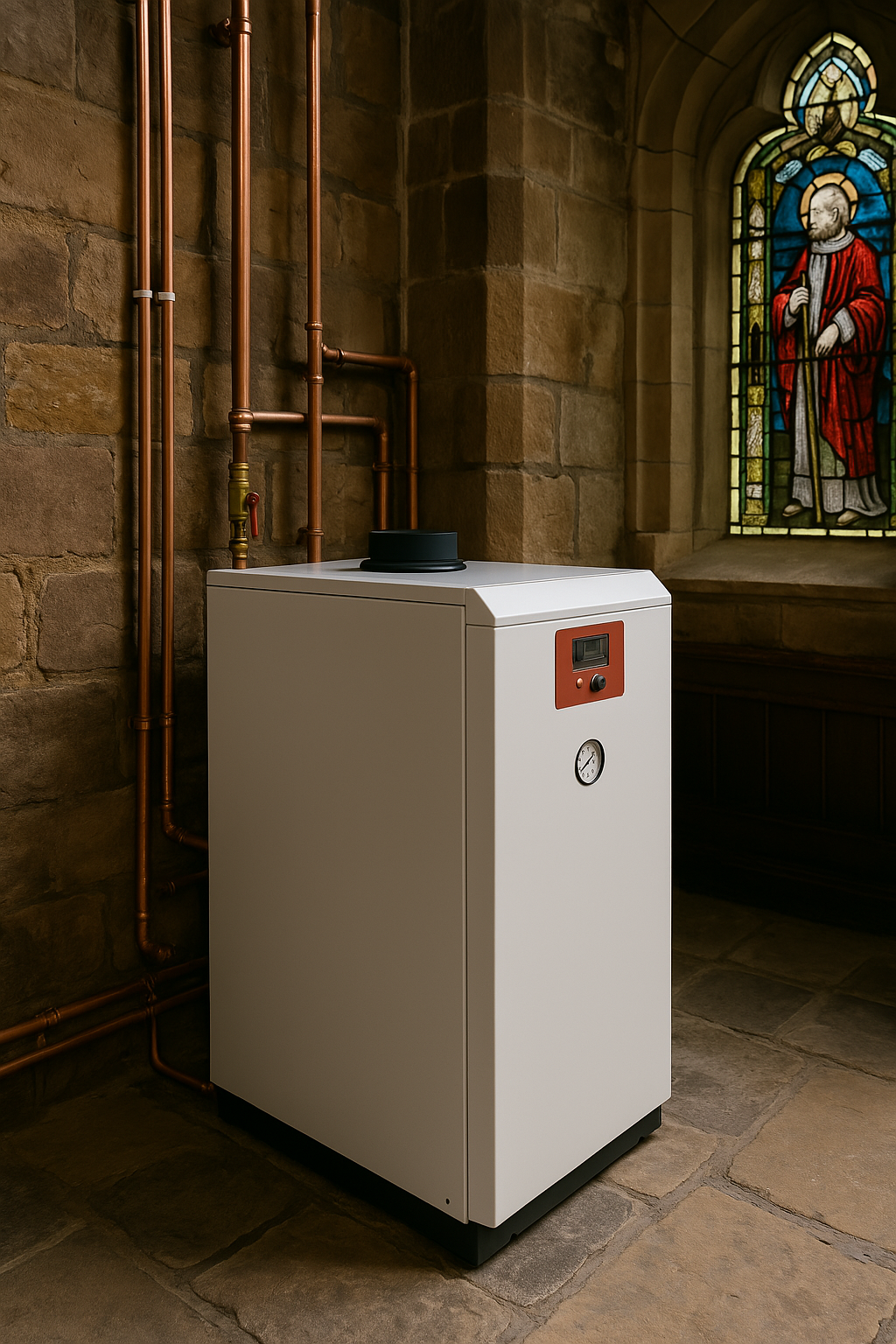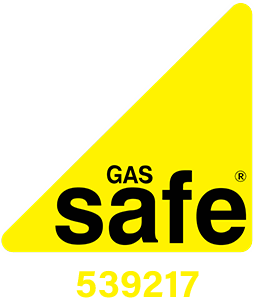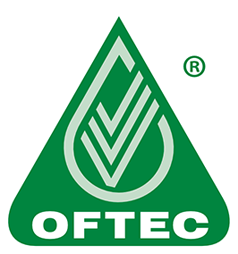Plastic vs Copper Pipes
We often get asked by our customers whether we would recommend using plastic or copper pipes when we are doing plumbing work such as installing new bathrooms, fixing leaks or plumbing in new radiators.
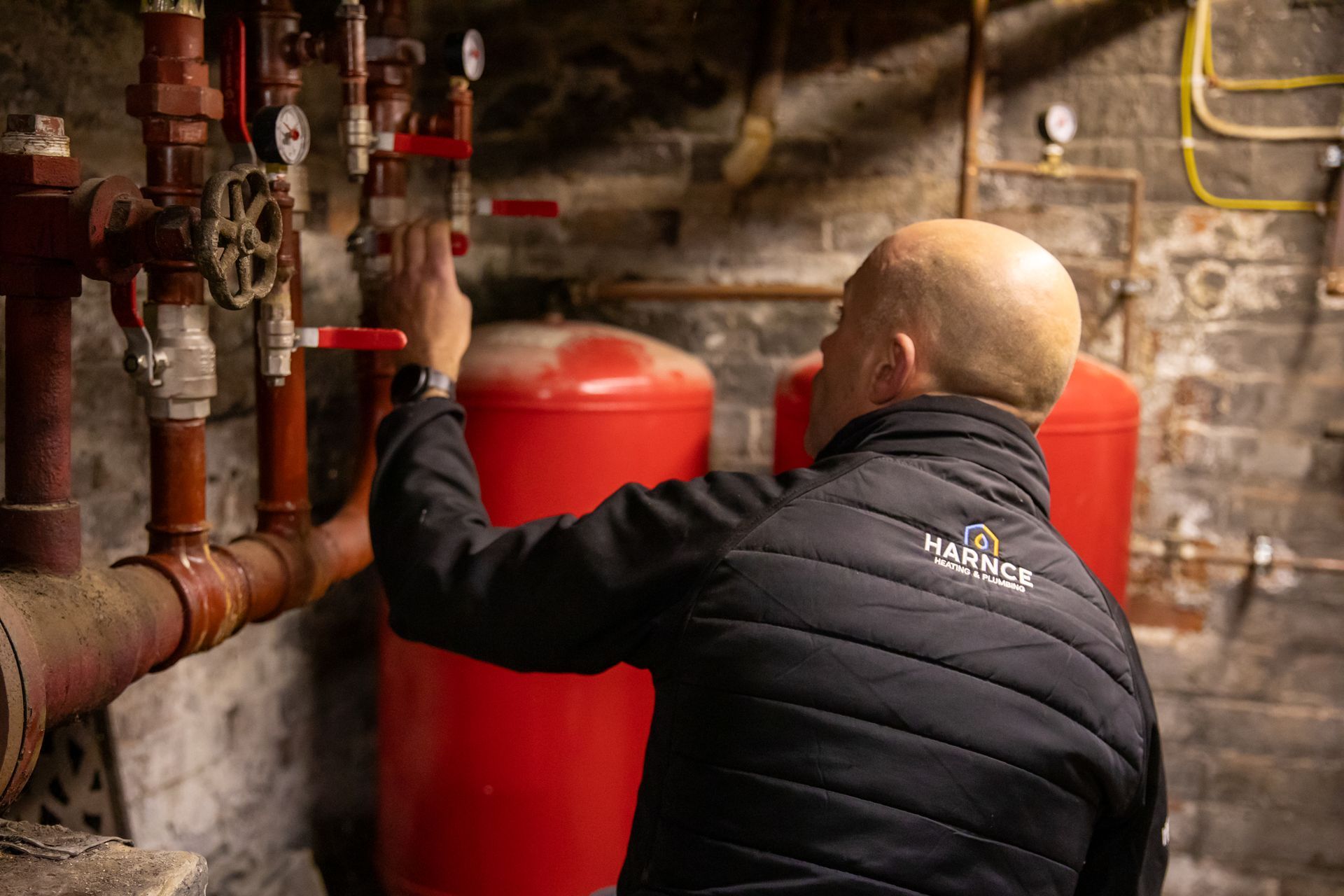
Firstly, let’s compare the features of each:
Plastic Pipes
- Materials: Common types include PVC (Polyvinyl Chloride), CPVC (Chlorinated Polyvinyl Chloride), and PEX (Cross-linked Polyethylene).
- Flexibility: PEX, in particular, is highly flexible, which makes it easier to install in tight spaces.
- Weight: Lightweight compared to copper, making them easier to handle and install.
- Corrosion Resistance: Naturally resistant to corrosion and scale buildup.
- Chemical Resistance: Resistant to a wide range of chemicals, which makes them suitable for various applications.
- Installation Methods: Often installed using solvent welding (PVC, CPVC) or crimping (PEX).
Copper Pipes
- Material: Made from copper, which is a durable metal with natural antimicrobial properties.
- Rigid and Flexible Options: Available in rigid and flexible forms (soft copper).
- Heat Tolerance**: Can handle higher temperatures without degrading.
- Longevity: Long history of use with a proven track record of longevity.
- Joining Methods: Typically joined by soldering, brazing, or using compression fittings.
Now we know what the difference between the two types are shall we consider the advantages:
Plastic Pipes
- Cost: Generally more cost-effective than copper both in terms of material and installation costs.
- Ease of Installation: Easier to cut and join, reducing installation time and labor costs.
- Noise: Quieter operation, especially with PEX, as it does not transmit water hammer noise as much as copper.
- Thermal Conductivity: Lower thermal conductivity means less heat loss from hot water pipes and less condensation on cold water pipes.
- Resistance to Corrosion: Not susceptible to corrosion or pinhole leaks, which can occur in copper pipes over time.
Copper Pipes
- Durability: Extremely durable and can last for decades.
- Pressure Tolerance: Better tolerance to high pressures and can handle higher temperatures without deforming.
- Safety: No concerns about plasticizers or other additives leaching into the water.
- Recyclability: Fully recyclable, making it a more environmentally friendly option.
- Antimicrobial Properties Natural resistance to bacterial growth, contributing to safer drinking water.
Finally, now we understand the features and advantages, let’s consider the benefits of using either plastic or copper pipes
Plastic Pipes
- Lower Cost: Reduced overall project costs due to cheaper materials and faster installation.
- Versatility Suitable for a wide range of applications, including potable water, waste, and chemical lines.
- Ease of Maintenance: Lower maintenance needs due to resistance to corrosion and scale buildup.
- Energy Efficiency: Improved energy efficiency in hot water systems due to lower thermal conductivity.
Copper Pipes
- Longevity: Long-term reliability and performance, reducing the need for replacements.
- Strength Robustness makes it suitable for outdoor and underground applications where pipes might be exposed to potential damage.
- Health Safety: No risk of chemicals leaching into the water, ensuring safe drinking water.
- Market Perception: Often perceived as a premium material, potentially adding value to the property.
In Summary
Plastic Pipes are generally more cost-effective, easier to install, and resistant to corrosion and chemical damage, making them suitable for a variety of applications. However, they may not be as durable in high-pressure or high-temperature situations.
Copper Pipes offer superior durability, heat resistance, and safety, with a long lifespan and natural antimicrobial properties, but they are more expensive and harder to install.
The choice between plastic and copper pipes depends on specific needs, budget, and project requirements., but HARNCE will always use the material most appropriate for the job although it does sometimes just comes down to personal preference of you the customer.

